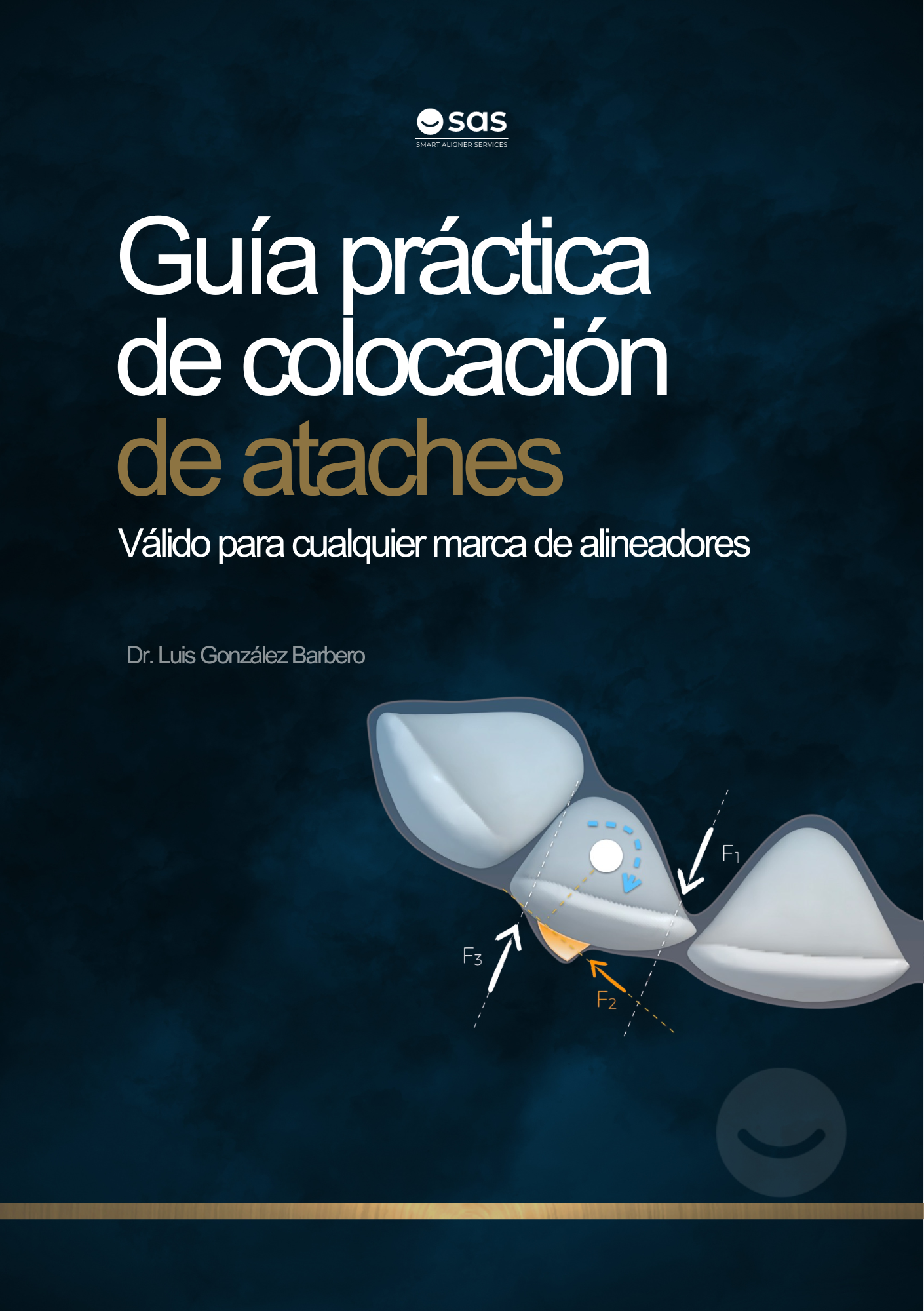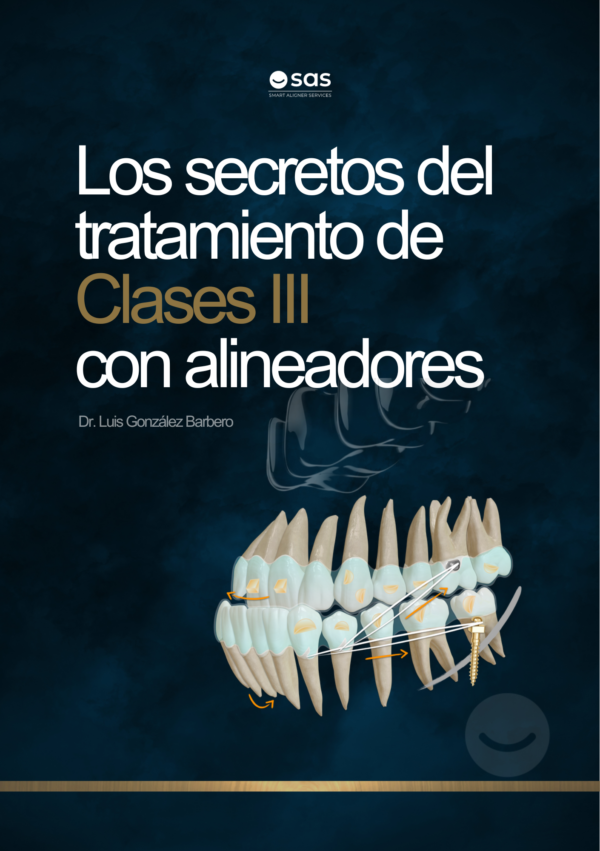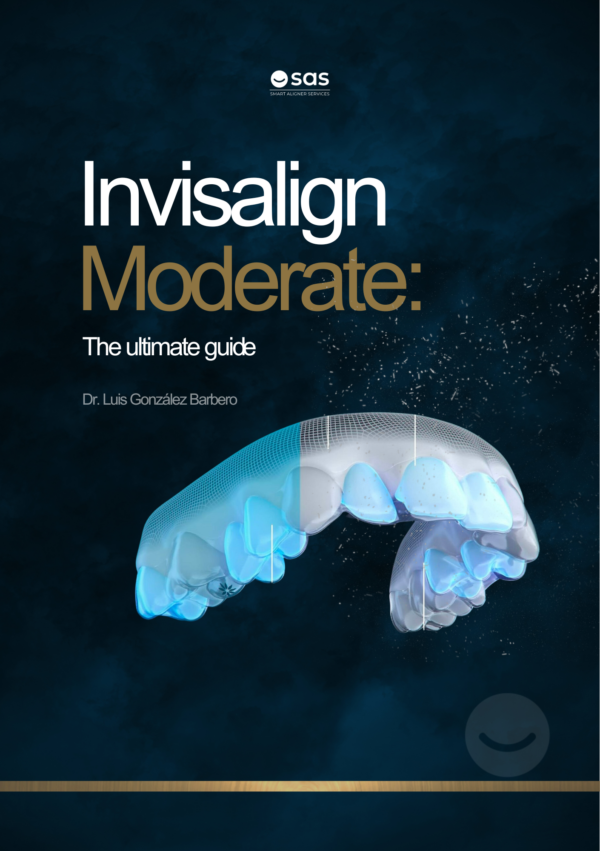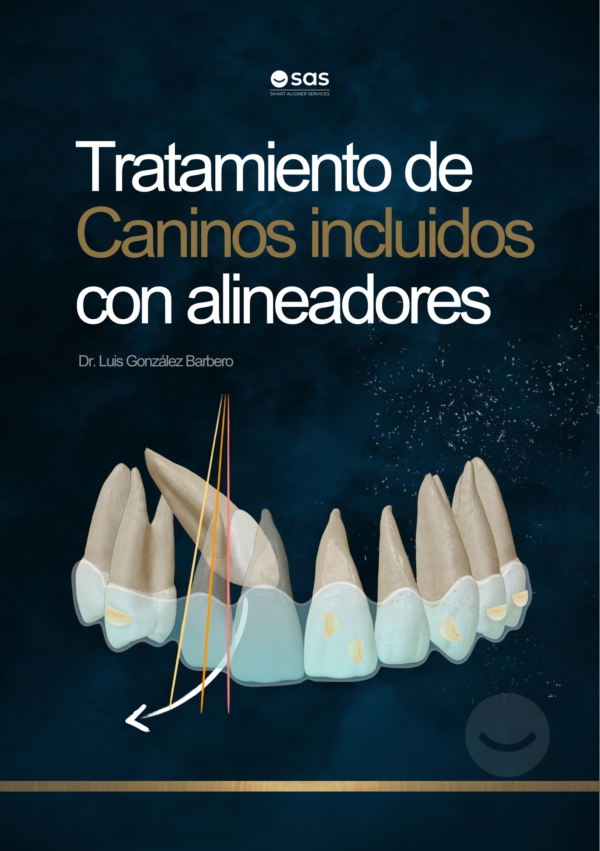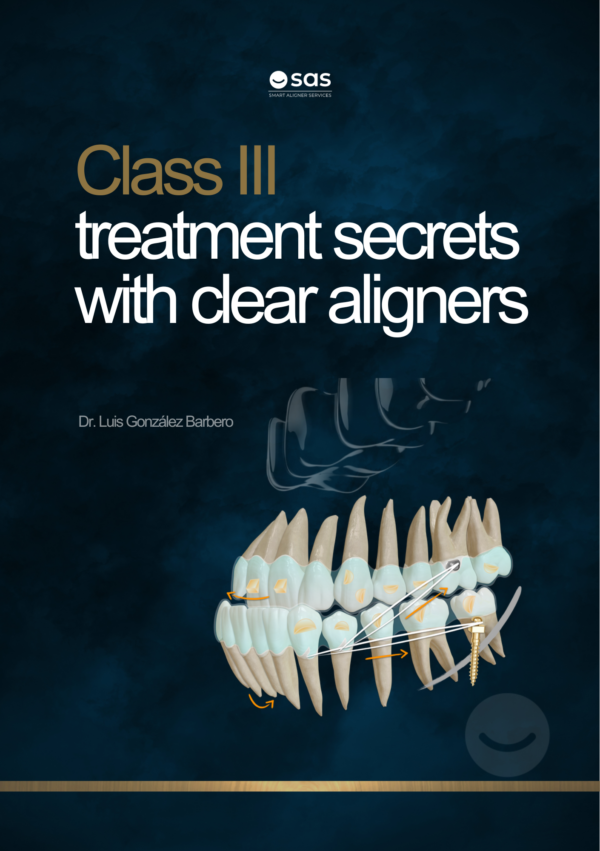Practical guide to attachment placement
39,99 €
Practical guide for attaching attachments valid for any aligner system.
Description
Orthodontics, one of the most booming branches of dentistry today, has the fundamental objective of designing devices with which to move teeth to achieve ideal alignment and occlusion, improving the health and aesthetics of the patient. Over the years, we have seen how the speciality has witnessed a constant evolution: from the rudimentary pin and tube braces or the edgewise arch to self-ligating brackets and lingual orthodontics, there has always been an eagerness on the part of orthodontists to update their work tools to achieve better results in their treatments.
Part of the development of this technique focuses on understanding and improving the force systems generated by the aligners when they come into contact with the teeth. Attachments are a key part of this equation, as they create new contact surfaces between the aligner and the teeth that help perform certain movements. Aligners alone are able to perform some "simple" movements, such as incisor rotation or coronal tilt movement. However, when we want to correct the rotation of teeth with rounded crowns, such as premolars, or to extrude one or more teeth, the attachments become an indispensable ally to achieve these objectives.
A PRACTICAL GUIDE TO FITTING COFFERDAMS
In the more than 20 years that aligners have been in use, the attachments have undergone different modifications thanks to scientific studies and the clinical experience of many orthodontists who, based on the principles of physics applied to dental movement, have tried new positions or combinations with which to achieve better results.
The purpose of this guide is to give you a brief overview of when, where and how to place attachments in your invisible orthodontic treatment.

